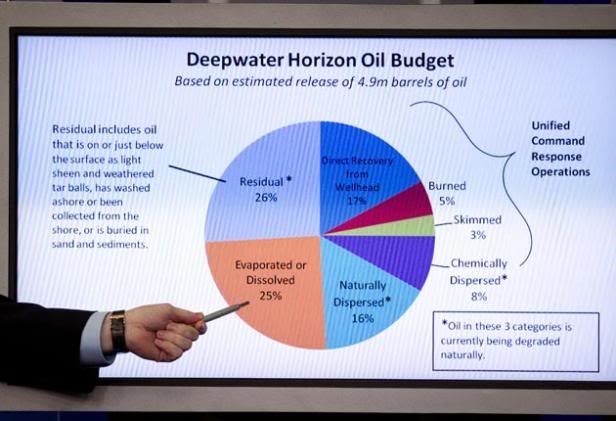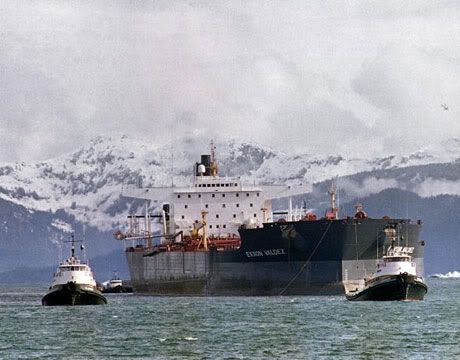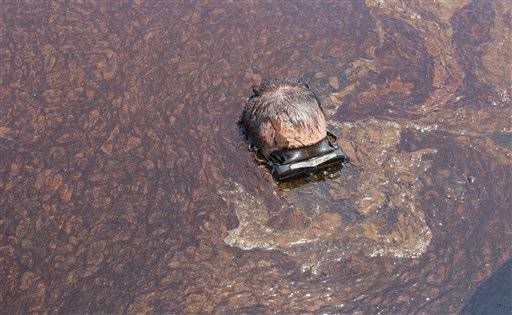Caught this report earlier on the PBS News Hour site and then went searching for the report, given yesterday at the National Press Club. The press club still doesn’t have anything but the announcement for up at their site, but I did catch the report and it page with plenty of backlinks as well as audio to the press club presentation.
Another scathing report we’d better pay attention to and start what should have already been a couple of decades old advancing this country towards the innovations, we were once envied for, needed to move forward.




